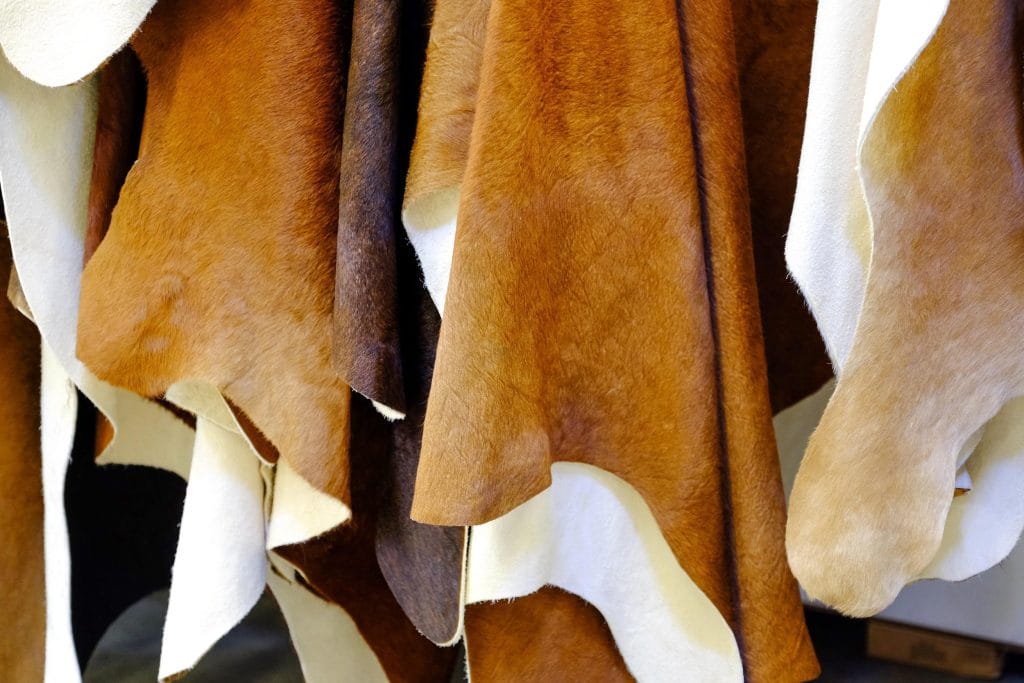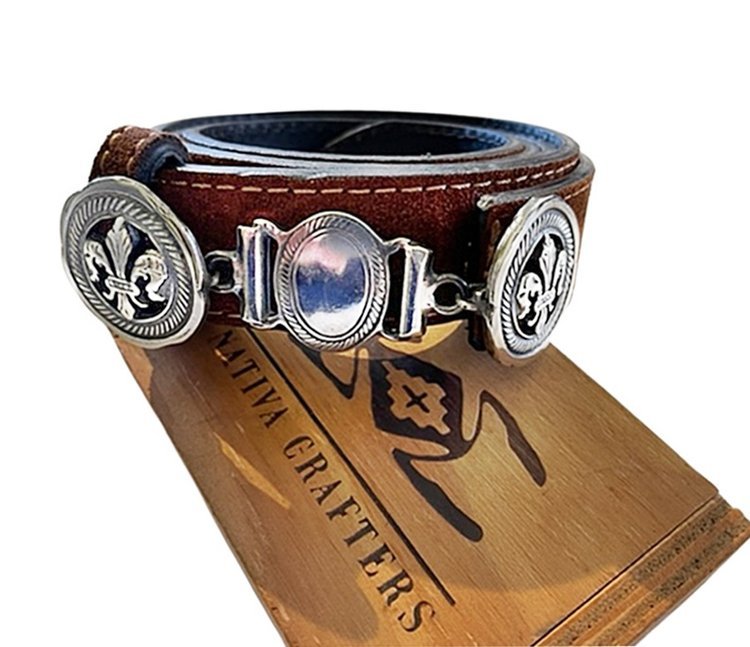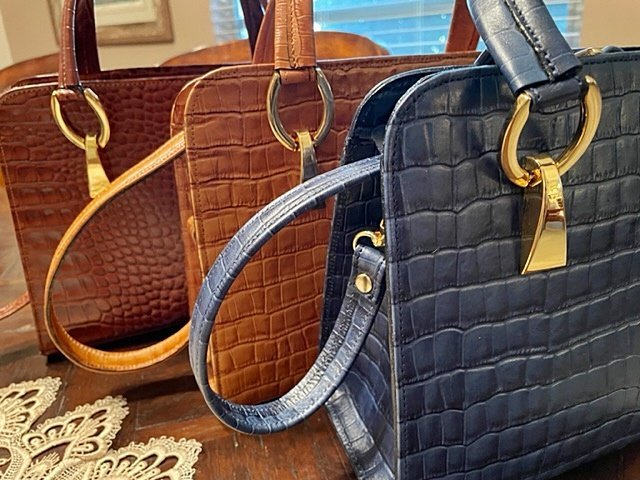Argentina’s Pampas region is home to millions of cattle, which provides an abundance of high-quality raw materials for the leather industry. But it’s not just the quantity of cattle that makes leather from Argentina so special. The quality of the leather is also due to several factors, including the climate and soil, the breeds of cattle, and the tanning methods used by local artisans.
CLIMATE AND SOIL
Argentina’s temperate climate and fertile soil create ideal conditions for raising cattle, which produces high-quality leather. The Pampas region, in particular, provides vast grasslands that provide excellent grazing for the animals. This nutrient-rich diet helps to develop a strong and healthy animal, which produces high-quality leather.
The climate in Argentina is also beneficial for leather production. With mild temperatures year-round and ample rainfall, there is no need for artificial cooling or heating in the tanning process, which can affect the quality of the leather.
BREEDS OF CATTLE
The Aberdeen Angus breed of cattle is the most commonly used in Argentina for both meat and leather production. This breed is known for producing high-quality meat with superior marbling, but it also produces leather that is strong, durable, and soft.
The Aberdeen Angus is a hardy breed that is well-suited to the Argentine climate and grazing conditions. Their hide has a unique texture and thickness, which makes it ideal for tanning and results in leather that is smooth, flexible, and resistant to wear and tear.
TANNING METHODS
One of the key factors that sets Argentine leather apart from other types of leather is the way it is tanned. The traditional method used in Argentina is known as vegetable tanning, which involves using natural tannins derived from tree bark, leaves, and fruits.
The vegetable tanning process takes longer than other methods, but it results in leather that is more durable, flexible, and environmentally friendly. Unlike chemical tanning methods, vegetable tanning does not produce a toxic waste that can harm the environment.
Vegetable tanning also creates leather with a natural and beautiful patina that develops over time, adding to the leather’s unique character and beauty.
CONCLUSION
The superior quality of Argentine leather can be attributed to several factors, including the climate and soil, the breed of cattle, and the tanning methods used by local artisans. The result is leather that is strong, durable, and soft, with a unique texture and thickness that is ideal for high-end leather goods.
By using sustainable and environmentally friendly tanning methods, Argentine leather producers are not only creating beautiful and durable products but are also helping to preserve the environment for future generations. When you invest in Argentine leather products, you are not only getting a high-quality product but also supporting a sustainable and ethical industry.
THE EXPERT CRAFTSMANSHIP OF ARGENTINE LEATHER PRODUCTS
The quality of Argentine leather products not only comes from the raw materials but also from the expert craftsmanship of local artisans. For generations, Argentine artisans have honed their skills and developed unique techniques for working with leather, ensuring that each product is meticulously crafted to meet the highest standards of quality.
HISTORY OF THE ARGENTINE LEATHER INDUSTRY
The Argentine leather industry has a long and rich history, dating back to the early 19th century. With an abundance of cattle and a tradition of horsemanship, leather became an essential material in the country’s culture and economy. Over time, local artisans refined their techniques, using both traditional and modern methods to create high-quality leather products.
SKILLS AND TECHNIQUES OF LOCAL ARTISANS
One of the hallmarks of Argentine leather products is the expert craftsmanship of local artisans. These skilled professionals use a combination of traditional techniques and modern technology to create products that are both beautiful and durable.






